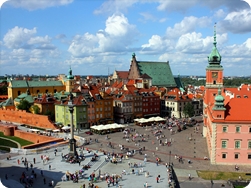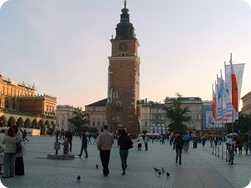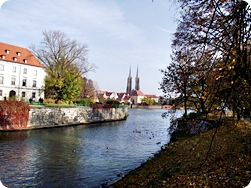
Województwo Mazowieckie
Województwo Mazowieckie
Mazovia Province, Masovian Voivodeship or Województwo Mazowieckie in Polish, is located in the centre of Poland in the great central plain between the Warta and the Vistula River.
Województwo Mazowieckie is a low-lying region and is the largest of the Polish regions both in terms of area, 35,000 sq km, and population, 5 million people. Rivers running through the region are the Vistula (Wisła), Bug, Narew, Pilica, and Wkra. Mainly coniferous forests cover about 20% of the province.
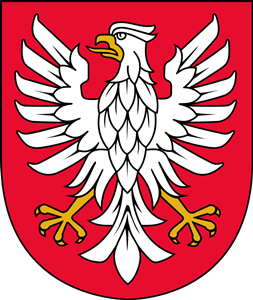
Administrative Divisions
There are 159 towns and about 9,400 villages and the province is divided into 38 rural powiats and 4 town districts. Warsaw is the regional and national capital of Poland.
The boundaries are formed from the former provinces of Lódz, Wroclawek and Brodnica in the west, to the Belorussian border in the east, with the capital city of Poland, Warsaw in the centre. The region was originally inhabited by two Western Slavic tribes, the Mazovians and the Kuyavians. The Mazovians occupied the area between the Bug and Vistula Rivers. During the 15th and 16th centuries the tribe migrated to the forests of western Lithuania, particularly to Podlaskie, others settled in the Duchy of Prussia, the Mazurian Lakes district, which is located to the north of Mazovia.

Industry
Major industrial centres in the Mazowieckie province are to be found in; Warsaw, Radom, Płock, Siedlce and Ostrołęka.
Ciechanów is a centre for traditional food processing, the building materials industry, woodwork, and the production of machinery. Góra Kalwaria is a food processing centre. At Ostrołęka there is a large industrial centre with power plants and a paper mill. There is an oil refinery at Płock and the production of farm machinery. Radom has a leather industry and the Łucznik metal works, electronics and a tobacco factory. Siedlce is an important centre for the education in agriculture and is also an industrial centre for metallurgical, metal and food processing, as well as textiles and building materials. At Sochaczew there is a chemical plant and synthetic fibre factory. Fruit growing is the main industry at Warka together with brewing.
Warsaw has a large industrial centre including; the Lucchini- Warszawa steelworks, the car plant Daewoo and the Pollena- Uroda cosmetics factory.The majority of state enterprises have their headquarters in the city of Warsaw.

Culture
The annual Dionizje International Theatrical Meetings are held at Ciechanów in May and the International Folk Meetings known as Kupalnocka are held in June. The Kurpie Forest in the north east of the province hosts many folk events. There are theatres, the National Philharmonic, the National Opera House, the National Library, and the National Museum in Warsaw.

Tourism and Nature
Warsaw attracts the most visitors that go to Poland and the region is well stocked with historical sites for the tourist. Kampinos National Park is one of Poland’s largest national parks with it's primeval forests, sand dunes, and marshland. With its unique Old Town, appearing on the UNESCO World Heritage List.
For many foreign tourists the Mazowieckie Province is the region of green fields and natural landscapes where you can relax and enjoy the out door life. If you like watching birds the region has many great places for you to visit. It is said that every fourth European stork lives in Poland with their nests perched on the roofs of houses in the Mazovian landscape.
For some great photographs of the region try this link.
Weblink to Mazovia Province

Województwo Mazowieckie
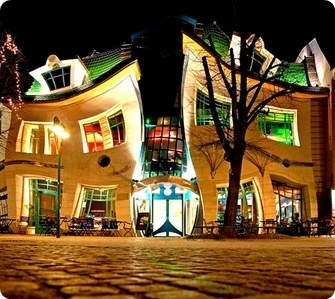
Accommodation
The Województwo Mazowieckie region has every type of accommodation available from simple rooms to the grand hotels and everything in between.
Accommodation

Regional Food
One of the delights of travelling is to sample the food of the part of the world you are visiting. Województwo Mazowieckie will not be a disappointment to your palette.
Regional Food MazowieckieHighlights
Links
Województwo Mazowieckie - David's Travel Guides


